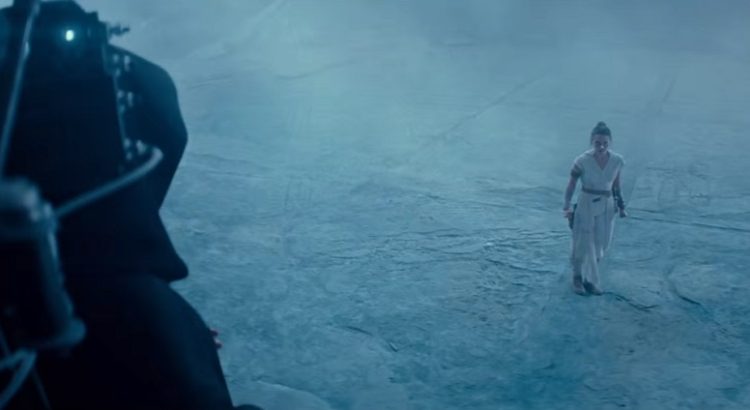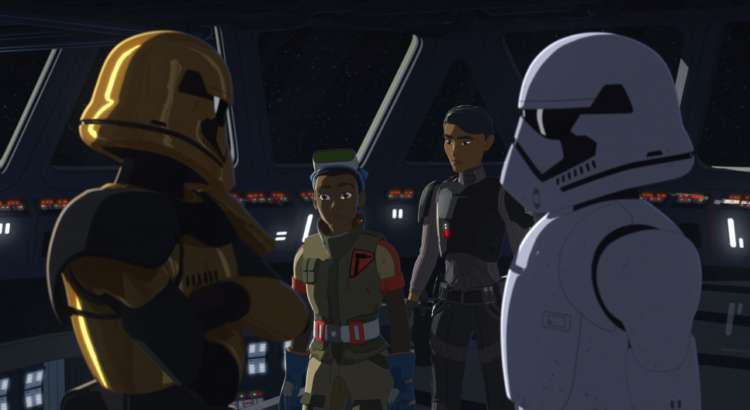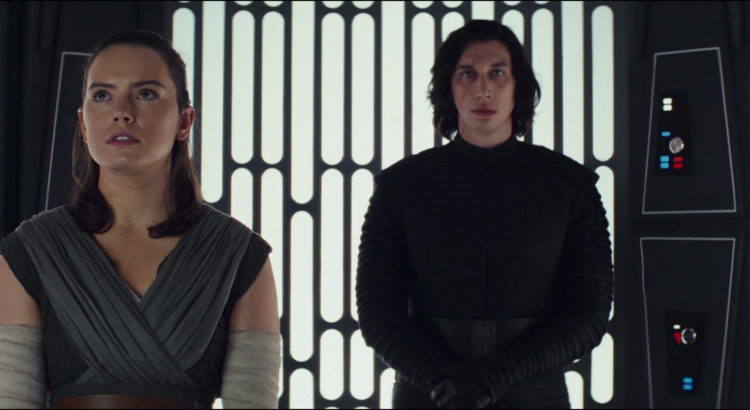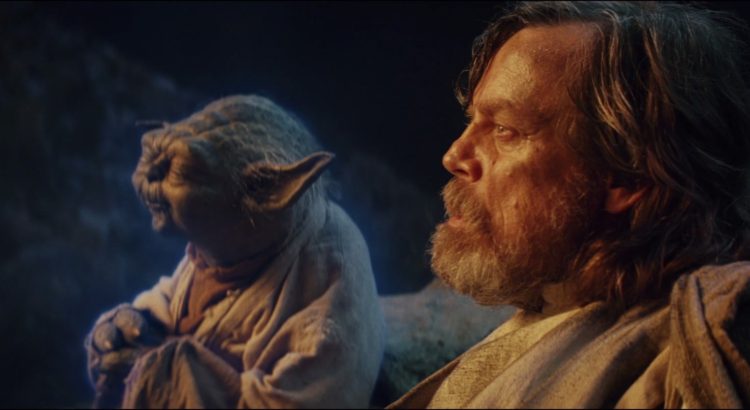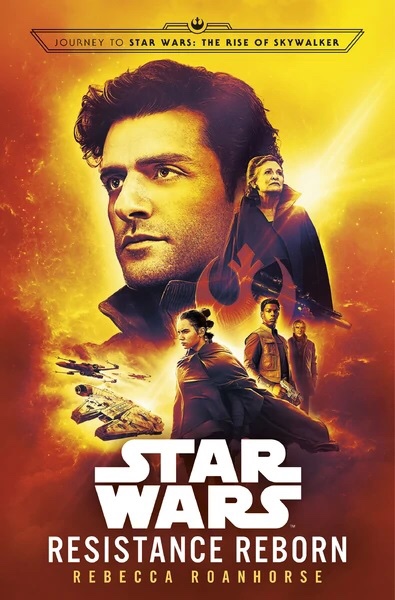
Spoiler Warning: This review will mention characters announced in previously-released official excerpts and briefly mention things about them. I won’t reveal any surprises or unannounced characters – but calibrate your spoiler tolerance accordingly.
Rebecca Roanhorse has accomplished a great feat with Resistance Reborn. She’s taken a book with an ensemble cast – seriously, quite a huge cast – and given each character a personal touch. Characters show up from previous Star Wars canon books, comics, and video games but in a way that doesn’t feel shoe-horned or gimmicky. That’s very hard. Star Wars doesn’t have the best record with that, though sometimes it works really well. Resistance Reborn is one of those times.
Roanhorse has described the book as “bringing the squad back together” and that’s essentially what it does. But somehow Roanhorse manages to juggle this large cast of characters while making all of them feel vital to the story, and getting them all just right. It’s one thing to get film characters like Finn, Poe, and Rey right (and honestly – they’re not even that easy to get right), it’s another thing to take characters seen only on the page or in games and channel them in a way that feels authentic to the way their original creators wrote them. But while Resistance Reborn is a love letter to characters we’ve grown fond of in other places, it’s also a great character study in how these characters handle adversity.
It’s perhaps an understatement to say that the events of The Last Jedi were traumatic for our main characters, and impactful on the galaxy as a whole. There were deep, personal struggles for Leia, Rey, Finn, Poe, Rose, and for the Resistance itself. When the movie finished with the First Order in seeming victory and the Resistance reduced to a handful of people who could fit onto the Millennium Falcon, many of us wondered – what could possibly be next? Leia said that “we have everything we need”, and Resistance Reborn is the exploration of what that really means. It engages with characters on a personal level – from the main characters I just mentioned to new characters we haven’t met yet. How does the galaxy deal with the First Order’s triumph? What happens to the worlds of the Republic?
There’s some ugliness involved, and some beauty too. Above all, growth. That’s what makes Resistance Reborn a great read. It’s about people and their character. About collaboration with evil and persisting despite of it.
Read More